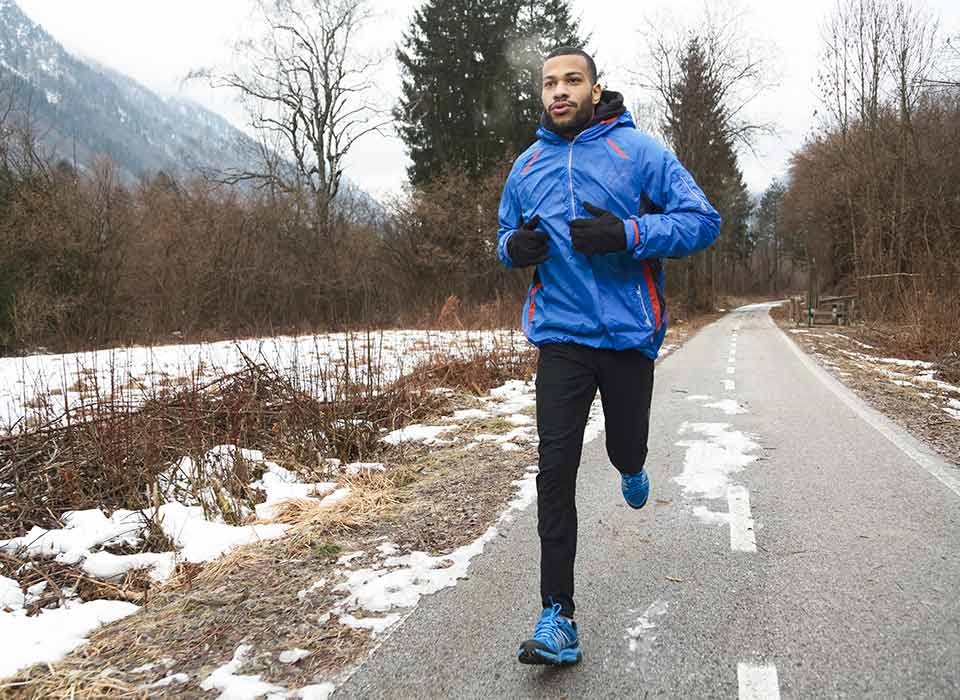You have just graduated from physical therapy and you are feeling stronger and more confident, but are you ready to jump back on the field?
Most likely, the answer is not quite yet. It took years for you to learn how to run efficiently, cut around other players, and hone the specific skills of your sport. After being injured, our bodies lose muscle, endurance, cardiovascular strength, and overall stability and control.
Returning to the field is more than demonstrating to your physician and your physical therapist that you have full range of motion and good strength on a therapy table. It requires restoring the speed, power, agility, endurance and control you need for the demands of the sport. Returning is overcoming the physical and psychological setbacks of the original injury to command your position on the field.
As a sports performance team, we seek to improve an athlete’s physical and psychological performance by building a foundation of strength and stability. We use strength and endurance tests to determine where you start so we can monitor progress every couple of months.
Here are 3 simple tests that an athlete can perform at home to determine how ready they are to return to their sport. Follow along with a video of these tests
Single leg hop test
- Mark a line on the floor using tape. Stand behind it.
- Starting with the uninjured leg, hop from that leg and land on the same leg. Mark the position of your toe with a pencil or sticker of where you landed. (Make sure you stick the landing—no cheating!)
- Repeat the same hop on the injured leg. Mark the position of your toe on the landing.
- Measure the distance of your hops and compare. To compare, divide the shorter hop by the longer hop, then multiple the number by 100. The 2 hops should be within 90% of each other. For example, if you jump 24” on your uninjured leg and 22” on your injured leg, divide 22 by 24 to get 0.91666. Then multiple it by 100 to get 92%. You’re over the 90% mark, so you may be ready to return to your sport.
Squat test
- In front of a full-length mirror, perform a full body weight squat. As you do this, look for control of your hips and knees. If any part of your legs are moving asymmetrically, such as a hip pushed out, knees or ankles moving inwards, or any other difference between your legs, it could be a sign of weakness or residual stiffness.
Side plank test
- Get a timer ready and get on the floor in front of a mirror or your phone. Lay on your side on the floor, extending your legs and stacking the top foot over the bottom foot.
- Push up to balance on your elbow and feet only. This is an endurance test so you should try to balance as long as possible without collapsing at the hips. Stop the timer once you move out of position.
- Repeat the test on the other side.
- The results should be equal between the sides, and should be about 70 seconds for athletes
If any of these tests shows that one side of your body is stronger than the other, it may be an indication that you are not quite ready to return to the field safely. Re-injuries on and off the field can be even more devastating to any athlete.
Depending on the extent of an injury, rehabilitation can take anywhere from 1 to 8 months or longer. However, insurance companies will only provide coverage until you can do functional activities, including walking, squatting and climbing stairs. They typically will not provide coverage for the higher-level demands of an athlete, leaving you without guidance as you work to get back to running, hopping, cutting and pivoting.
The Sports Performance program at OrthoVirginia has been developed to close the gap between everyday life activities and sports-specific activities. Our newly revamped program is now led by two board-certified physical therapists and we have the support of our sports medicine physicians. Check out our website for more details or contact Neil or Kristin to schedule an evaluation.
Neil Parry: [email protected]
Kristin Huppi [email protected]

